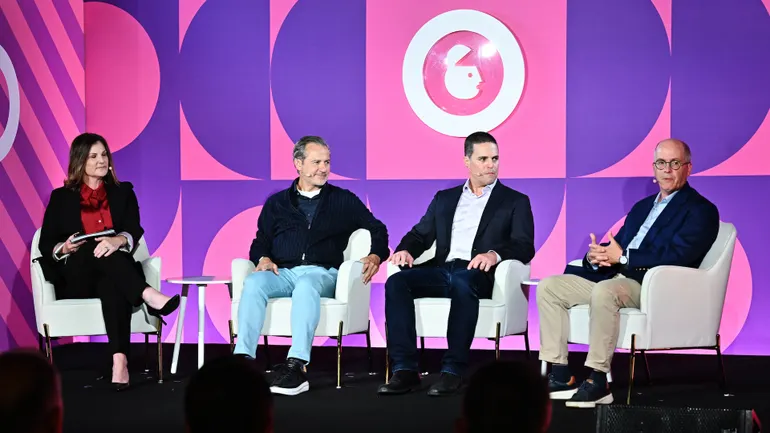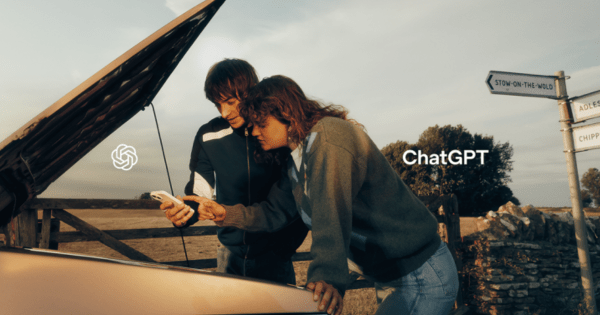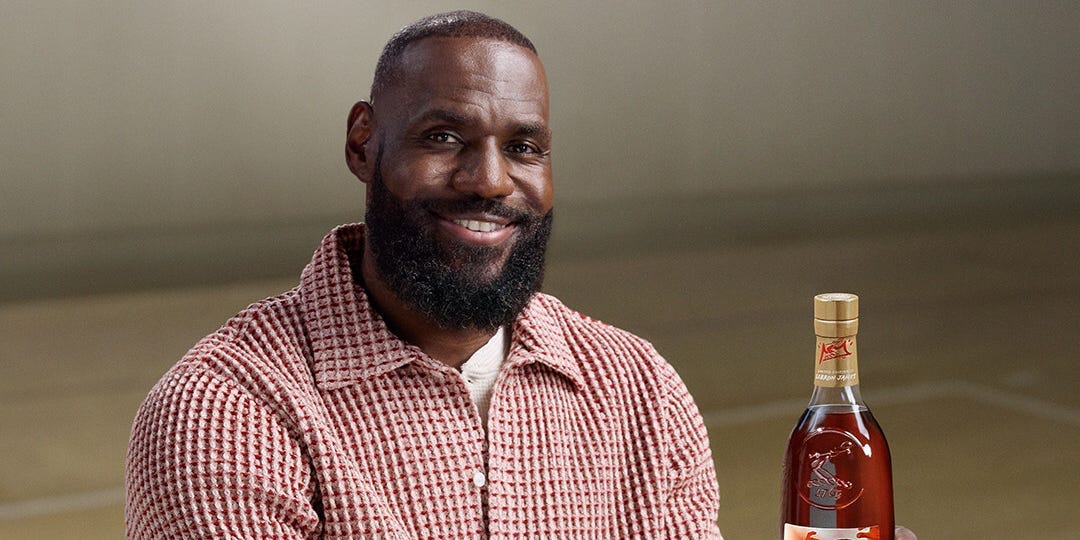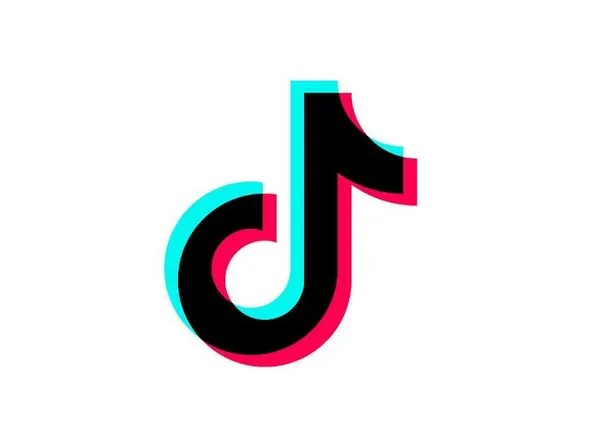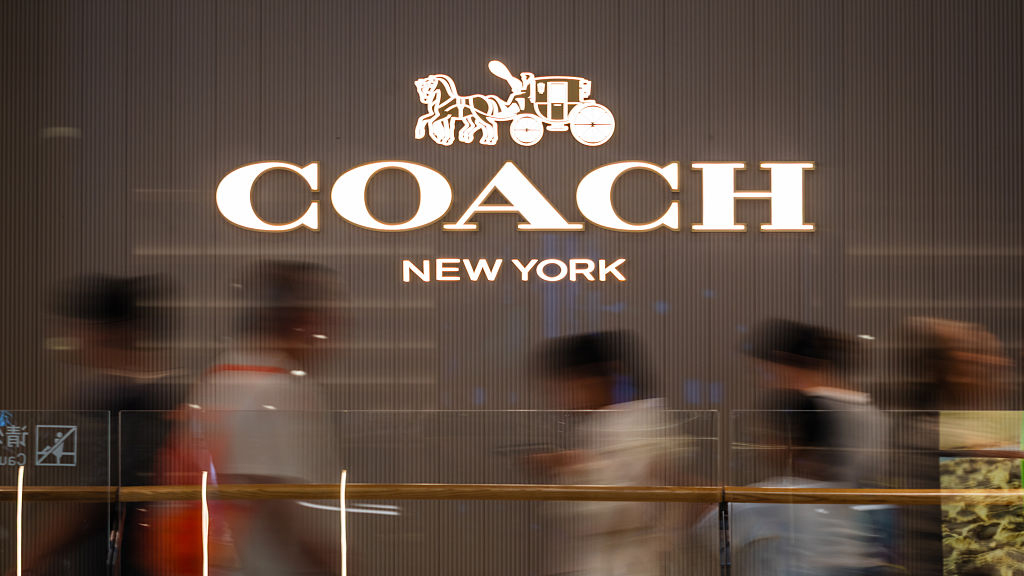Marketing in a Fragmented Landscape
During an Advertising Week New York panel, Keurig Dr Pepper’s CMO Drew Panayiotou addressed the challenges of marketing measurement in today’s fragmented media landscape. Despite advancements in data and analytics, advertisers still struggle to determine the exact return on investment for marketing dollars.
“The misconception is that we know precisely what we gain when we spend a dollar on marketing,” Panayiotou stated. “In reality, we feel confident within a margin of plus or minus ten to fifteen percent, using disparate and disconnected tools.”
Measurement becomes particularly challenging in complex environments like live sports, where audiences are dispersed across platforms, devices, and media channels. This fragmentation makes deterministic attribution — directly linking ad exposure to outcomes — nearly impossible.
Understanding Attribution and ROI
Panayiotou emphasized that understanding return on investment (ROI) involves more than just tracking end results. “Sixty percent of ROI in our space is driven by the message,” he explained. “The other forty percent depends on factors like placement, timing, and the right channels.”
He noted that unpacking both the messaging and distribution components is essential for accurate attribution. However, this complexity is heightened when companies like Keurig Dr Pepper rely on third-party retailers like Amazon and Walmart, which control the sales funnels and offer robust retail media ecosystems.
Kevin Krim, CEO of measurement company EDO, cautioned that focusing too heavily on bottom-funnel performance can be misleading. “There are numerous variables affecting final sales — inventory, pricing, weather, and competition — that go beyond marketing efforts,” Krim said. “Marketing alone can’t be held solely responsible for sales outcomes.”
Live Sports: A Powerful but Costly Investment
In an environment where performance indicators remain elusive, live sports continue to offer a strong opportunity for brand engagement. Keurig Dr Pepper has leaned into this space by enhancing digital fan experiences during the college football season, in partnership with Disney Advertising.
Yet, the rising cost of advertising during live sports presents new challenges, especially as younger consumers shift their viewing habits. Gen Z and Millennials, key demographics for Dr. Pepper, now engage with content in real-time while also interacting with creators — a trend similar to the popular “Manningcast” series hosted by Peyton and Eli Manning.
“The main avenue of advertising has become more expensive,” Panayiotou noted. “But we can’t ignore digital platforms where our core consumers are engaging. It’s a complicated web, but one we must navigate.”
Despite the high costs, the payoff can be significant. According to EDO, a single 30-second ad during last year’s college football playoffs delivered the same impact as more than 48 regular primetime ads, including other live sports broadcasts not affiliated with Disney. “That’s a wins-above-replacement metric that provides a tangible benchmark,” said Krim.
Fandom as a Flywheel
Dr. Pepper’s sponsorship of the college football championship game has proven to be a valuable investment. The brand experienced 80% more engagement during the game than from all other ads throughout the year, including those from competitors, according to EDO data.
For Panayiotou, this success underscores a larger shift in marketing strategy — from a linear sales funnel to a dynamic flywheel model. “Sponsorship helps us maintain cultural relevance and presence,” he said. “It’s not just about driving immediate sales but establishing a long-term emotional connection with consumers.”
Flywheel marketing emphasizes continuous engagement, where each marketing activity feeds into the next. For beverage brands, creating emotional resonance is essential. “People are emotionally connected to the beverages they consume. That connection can’t be quantified solely in quarterly reports,” Panayiotou explained.
Leveraging Talent and Content
Dr. Pepper leverages its sponsorships to create diverse media opportunities, from branded content featuring sports figures to on-screen visual branding. Last year’s most successful campaign featured University of Texas quarterback Quinn Ewers and NFL legend Brian Bosworth in the long-running “Fansville” series.
“We focus on maximizing fandom,” Panayiotou said. “We had 55 college football athletes in name, image, and likeness (NIL) deals creating content around the games. This strategy enhances engagement and builds a stronger connection between the brand and college football culture.”
These efforts are part of a broader strategy to align with fans at every touchpoint, creating a loop of engagement that sustains brand growth over time. As the line between sports, entertainment, and digital interaction continues to blur, brands like Dr. Pepper are positioning themselves at the intersection of culture and commerce.
This article is inspired by content from Original Source. It has been rephrased for originality. Images are credited to the original source.

